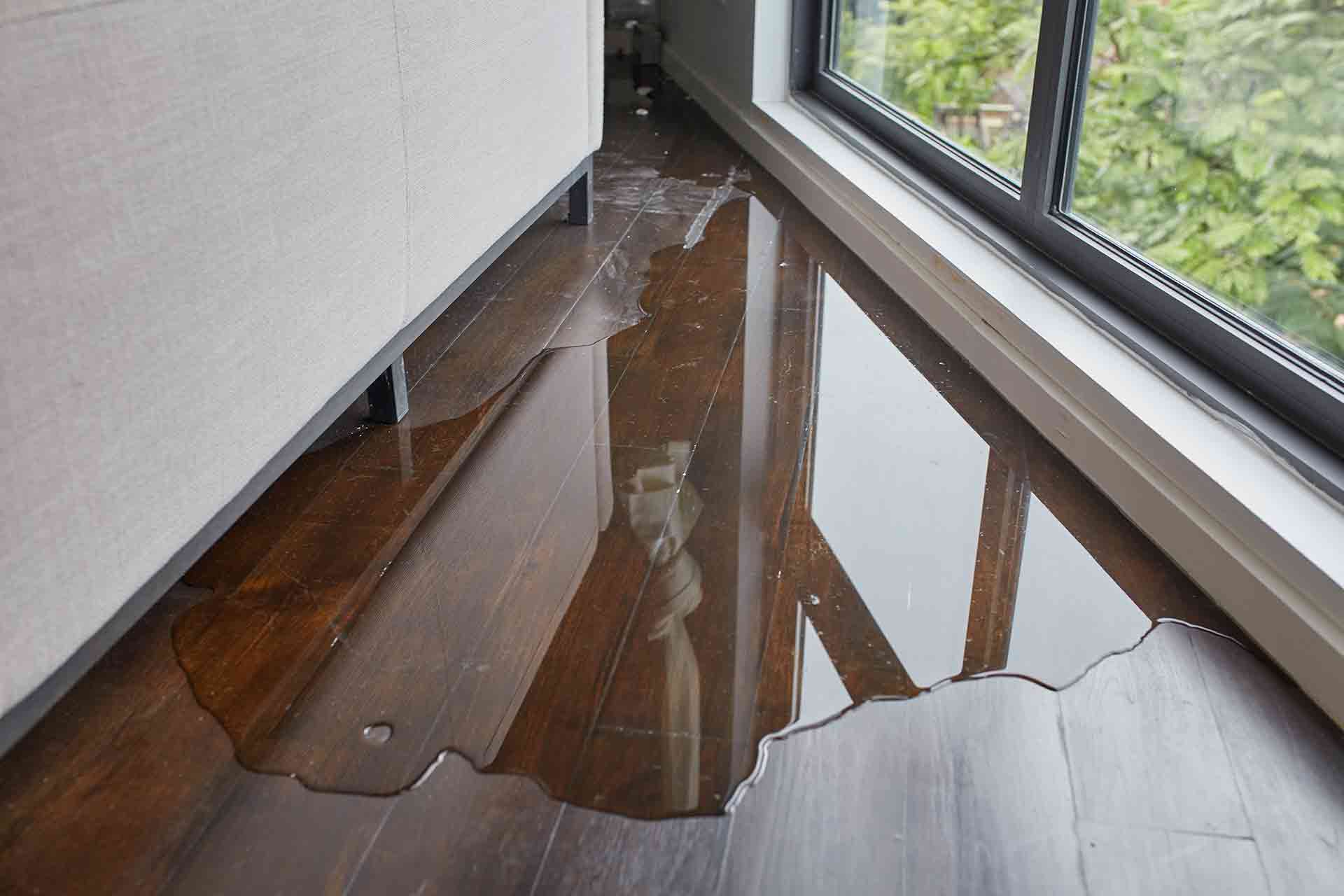Bathroom Water Damage - Ways To Prevent This Happening
About ThisEach person will have their unique assumption about How to Fix a Water Damage Bathroom.

The washroom is incredibly vulnerable for wet accumulation and also prospective water damage because of the constant use of water in it. This write-up offers basic inspection methods to help discovering water damages risks.
The constant use of water in the restroom makes it exceptionally vulnerable for damp buildup and possible water damages. By examining it on a regular basis, you can reduce water associated problems.
The following set of assessments is very easy to perform and must be done when in every 3 months in order to keep your shower room healthy as well as to stop potential water damages brought on by the bathtub, the shower, pipe joints and also plumbing, sinks, closets, and the bathroom
Do not disregard executing these inspections and be extensive while doing them. Remember that these simple inspections can save you a lot of cash by offering very early indicators for water damages
Sinks as well as Cabinets
Sinks as well as cupboards are subjected to wetness as well as humidity daily and are usually neglected. Inspect regularly under the sink and also on the kitchen counter over it. Repair any drip in the catch as it might recommend drainpipe issues. Check out the sink, slow draining pipelines may show an obstructed drainpipe. Replace sink seals if they are fractured or loosened.
Bathtub as well as Shower
The shower as well as bathtub require unique focus as well as maintenance. Inspect the floor tiles and also change if split. Make certain that there is no missing out on grout in between the ceramic tiles. Examine and replace cracked caulking at joints where the wall surfaces satisfy the floor or the bathtub. Clogged drains and also pipelines troubles will certainly protect against the tub from drying as well as might suggest significant problems below the tub. Speak with an expert promptly to stop architectural damages. Take notice of stainings or soft locations around the bath tub wall surfaces as they might suggest an interior leakage.
Plumbing
Signs for water damages are tough to detect because many pipes are set up inside the wall surfaces.
Pay unique interest to floor covering and also wall surfaces wetness and also discolorations as they may suggest an undetectable plumbing trouble. Examine moisture levels in adjoining spaces too.
The Commode
The toilet is an at risk water junction. Check the water lines as well as look for leaks around the toilet seat, in the pipe, and also under the water tank. If you spot any type of indicators of moisture on the floor around the bathroom, look for leakages in the toilet rim and storage tank seals.
Know that hanging commode bowl deodorants enhances the possibilities for obstructions.
Water Damage Signs In The Bathroom To Avoid Cleanup
Musty smell
This is one of the easiest signs to catch because musty smells are so odorous. The damp, earthy, moldy smell should be a big red flag. The smell will develop when moisture gets trapped in surfaces, and begins to facilitate mold growth. Leaking pipes under cabinets, inside walls, and behind shower fixtures will cause moisture to stay trapped and not dry, which will lead to mold growth and spread. As soon as you notice any musty smells in your bathroom, have it checked for hidden water damage and cleanup signs.
Visible mold
If the smell isn’t there to give it away, sometimes you will actually see mold growth. Finding mold in your bathroom is a serious problem, because mold is very harmful to your health. By the time mold growth is visible, it also means that water damage has already occurred and been present for some time. The only way the mold problem can be resolved is to find the source of the moisture and get it stopped. To safely and adequately remove mold, you need to have professionals handle the remediation. Do not waste any time in getting mold problems addressed, fixed, and sanitized so that you can protect you and your family from the many respiratory symptoms caused by mold exposure.
Damaged floors
Bathroom floors should be able to withstand some exposure to water while still remaining in good condition. However, when excess exposure or water leaks occur, they will begin to damage even the most water-resistant flooring. If you notice any cracking, bubbling, staining, or warping on your bathroom floors, there is probably a water leak somewhere causing the distortion. If you notice areas of the floor have become softer, or even have a spongy feeling, there is probably damage to the subfloor. Subflooring is typically made up of plywood. When plywood is exposed to water or moisture, it will absorb it. Once it has become saturated, the weight of the excess water will cause the wood to swell and soften. Check the floors in your bathroom frequently to catch any of these sings before they lead to damaged subflooring.
Changes on walls
When water leaks behind walls, it will cause changes in the drywall. Peeling plaster, blistering paint, and soggy wallpaper are all good indicators that excess water is building up behind the wall. Water leaking behind drywall will cause it to swell and be soft to the tough. If you start to notice gaps along the trim of your walls, or where tile meets the wall, it could also be a strong indicator that there is a leak behind the wall. Any changes, distortion, or damage on the walls should be evaluated as soon as you notice it to prevent further water damage and cleanup.

I was made aware of that report about How to Fix a Water Damage Bathroom through an associate on another web blog. Do you know somebody else who is fascinated by the topic? Take a moment to share it. Thanks so much for taking the time to read it.
Give Me A Quote!